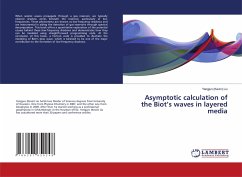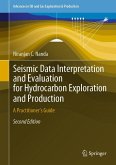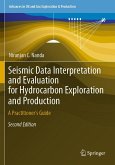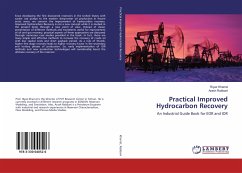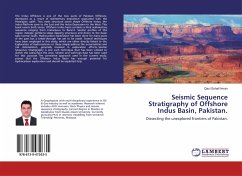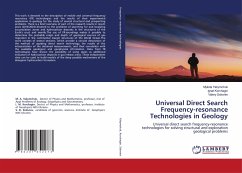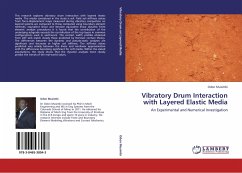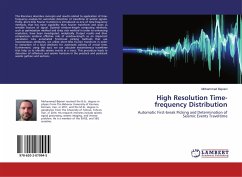When seismic waves propagate through a gas reservoir, we typically observe shadow zones beneath the reservoir, particularly at low frequencies. These phenomena are known as low-frequency shadows and are instrumental in aiding the detection of gas reservoirs through spectral decomposition. This book offers a quantitative exploration of the potential causes behind these low-frequency shadows and demonstrates how they can be modeled using straightforward programming code. At the conclusion of this book, a Fortran code is provided to illustrate the modeling of Biot's slow wave, which is believed to be one of the major contributors to the formation of low-frequency shadows.
Bitte wählen Sie Ihr Anliegen aus.
Rechnungen
Retourenschein anfordern
Bestellstatus
Storno

